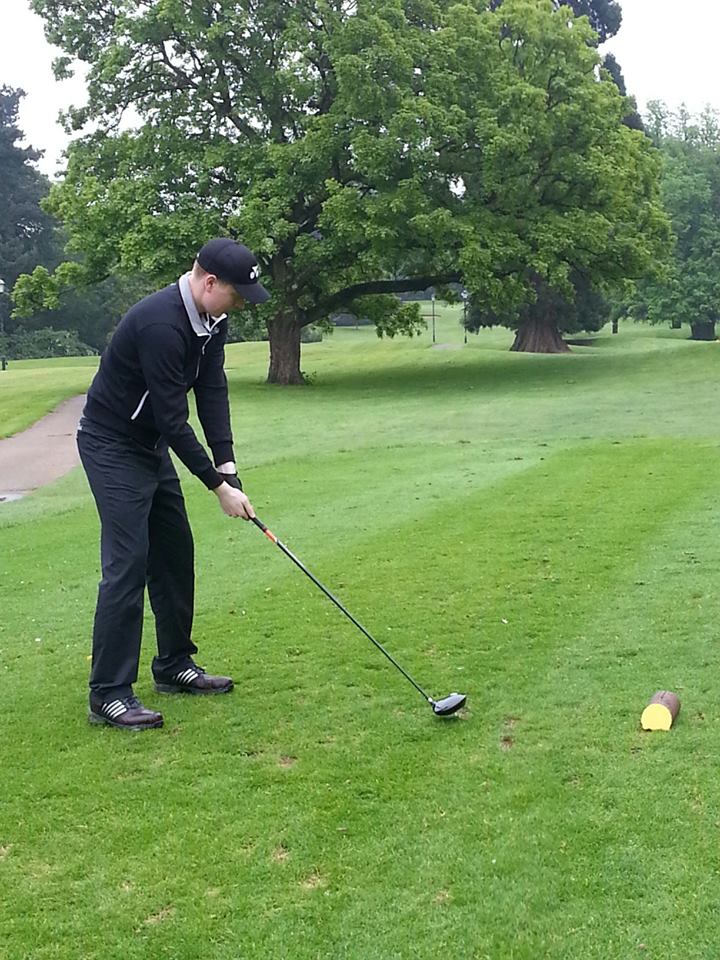It is
often said that sport possesses 'sacred' qualities, and sport is like religion
to many people. But is this really the
case? Do sports fans devote themselves to sport like some do religion?
One
simple way to analyse a sports fan is to look closely at the term itself. The word 'fan' is short for 'fanatic'. This
is often ignored, but the term 'fanatic' can provide a great insight to
understand sports 'fanatics'. We can define 'fanaticism' as:
“An
extreme and passionate behaviour toward a goal”
And now for the technical bit. Josef Rudin, who wrote a
good book on the topic, breaks down 'fanaticism' into two aspects: fanaticism
as a problem of intensity and fanaticism as a problem of value-attitude.
The first aspect surrounds the perceived intensity, with
Rudin linking intensity with excitement, rage, passion and loyalty. These
characteristics clearly have synergies with how we could perceive a sports fan.
The second 'fanaticism' aspect is that of value-attitude.
“The values attached to the fanatic’s pursuit take on a
meaning that allows them to reduce the value of other seemingly normal human
needs”.
There is a sense of sacrifice with this concept. The quote
explains how a fanatic often prioritises sport over other aspects of their
lives, through characteristics such as number of memberships, miles driven,
money spent and frequency of participation.
There is
clearly evidence of 'fanaticism' in many areas of life. However, what makes
sports organisations unique is the typically high percentage of true 'fanatics'
in their customer base. Sport differs from other sources of entertainment by
its evocation of high levels of emotional involvement and commitment. A quote
from Sloan adds:
“Most
sports viewers are not merely spectators, but rather are participants as the
true believers who consume the almost religious ritual that is a sporting
event”.
There are
more variables to assess, such as the specific sport, country, culture and
overall situational performance of the club or organisation before we can
conclude this, however.
This scale identifies 8 different levels of
sports fan. It is evident that only a few levels describe a true
'fanatic'. However, most levels will
have synergies with some characteristics of 'fanaticism'.
Milne
& Mcdonald offer a different perspective and believe a small proportion of
fans do not have emotional connection, high involvement or high commitment,
meaning they cannot be classed as true fans.
So, while
we can’t say that every football fan is a raving fan, or every golf fan is only
a prospect, we can say that sport has the unique nature of having fans that
attract some ‘fanatical traits’. And we can measure exactly what being a true
fan actually is. The next time you are having an argument with your mate about
who is the bigger supporter of your team, look at the characteristics of
fanaticism and match them against your relationship with the team. The more you
have the further up the scale you will sit. Are you a sporting suspect or a
raving fan?
By Ben
Warren






